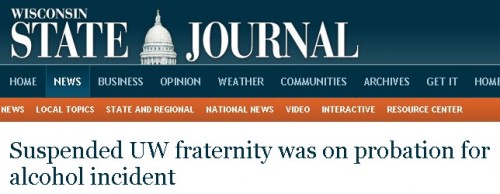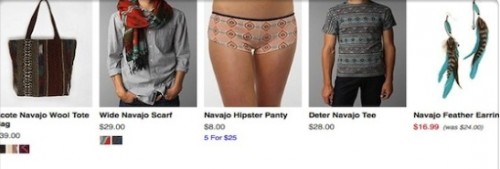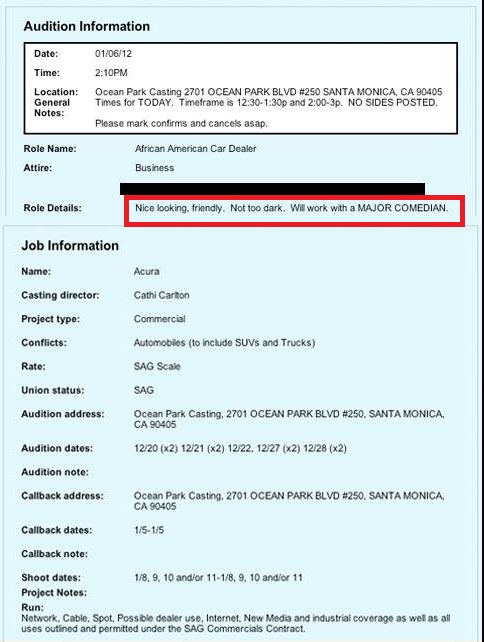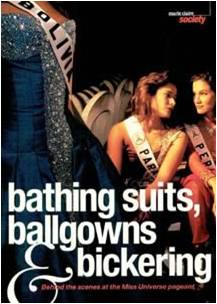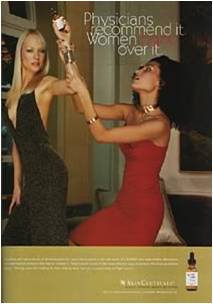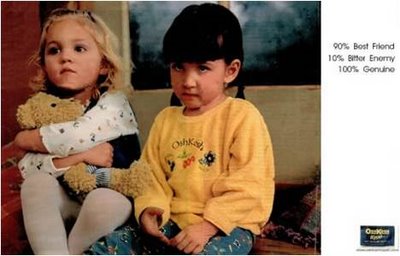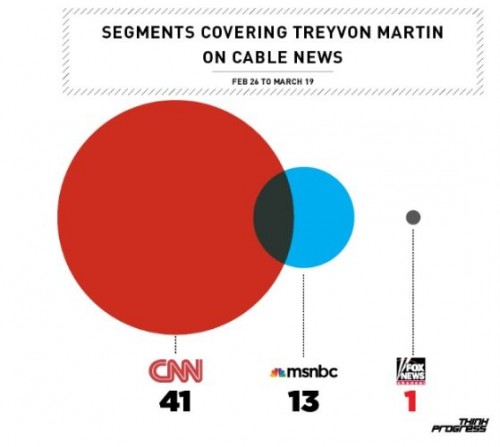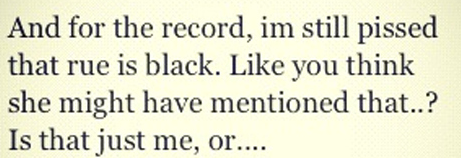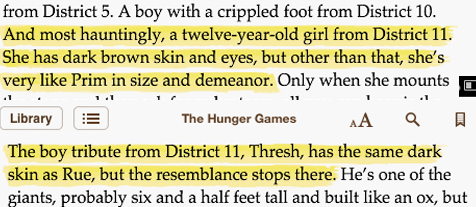NPR reports that Beef Products Incorporated, the company that makes “finely textured beef” (a chemically-treated paste made from non-muscle cow parts used as a filler in ground beef), will be closing three of its production plants this month. Dozens of food manufacturers, grocery store chains, restaurants, and school districts have announced they never did or will no longer use the product. This after just two months of media coverage and activism around the product, kicked off by an ABC News report on March 7th.
The swiftness and sureness of this victory against this product is a testament to the value of the right language and one good image. In case you haven’t caught on yet, finely textured beef is better known as “pink slime.” Between that nifty pejorative and images of a long coil of bright pink…substance, which you probably saw, finely textured beef never had a chance. This is “mechanically separated chicken” (made with a similar but not identical process); it appears to have become synonymous with pink slime, correctly or no.
This is the power of framing. The product at issue is not “slime,” it’s cow-part paste. Of course, it’s not “beef” either, it’s cow-part paste. Both are discursive frames; it’s a classic “he said, she said” social movement framing battle (along the lines of “life” vs. “choice”). The outcome of the contest depended, in part, on which language captured the public’s imagination. And… well… we saw how that went.
Lisa Wade, PhD is an Associate Professor at Tulane University. She is the author of American Hookup, a book about college sexual culture; a textbook about gender; and a forthcoming introductory text: Terrible Magnificent Sociology. You can follow her on Twitter and Instagram.

